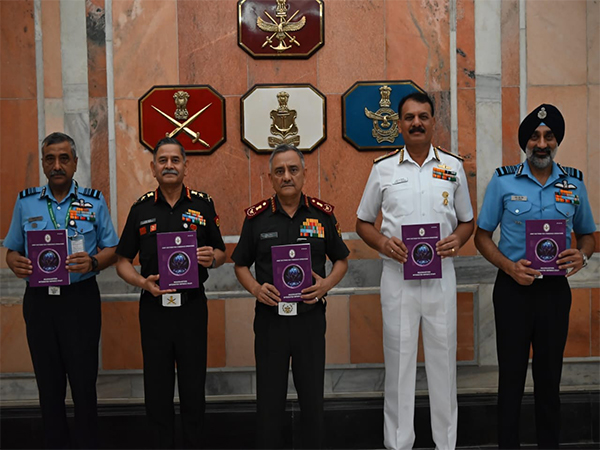India Unveils Joint Doctrines for Cyberspace and Amphibious Operations, Strengthening Strategic Capabilities
India's Chief of Defence Staff, General Anil Chauhan, has released declassified joint doctrines for cyberspace and amphibious operations, emphasizing enhanced coordination among military services. These doctrines signal a strategic shift to enable robust defense strategies and foster self-reliance in the increasingly crucial domains of cyberspace and maritime operations.

- Country:
- India
In a significant move, Chief of Defence Staff (CDS) General Anil Chauhan, along with the Secretary of the Department of Military Affairs, unveiled the declassified Joint Doctrines for Cyberspace Operations and Amphibious Operations during a high-level meeting in New Delhi. This initiative underscores India's commitment to bolstering its strategic military capabilities by broadening access to and visibility of integrated war-fighting concepts.
The Joint Doctrine for Cyberspace Operations formalizes a comprehensive strategy for defending national interests in cyberspace, intertwining offensive and defensive capabilities across the army, navy, and air force. It promotes resilience, intelligence integration, and unified cyber capabilities to secure national cyberspace interests effectively. Simultaneously, the Amphibious Operations doctrine lays out a cohesive framework for combining maritime, air, and land forces to conduct operations over water and land, focusing on interoperability, rapid response, and joint force application.
According to the Indian Defence Ministry, these doctrines will guide stakeholders with a common lexicon, enhancing the planning and execution of joint military missions. The framework also emphasizes the importance of synchronization at the top military level down to executing Amphibious Task Forces, integrating operations across domains like economic exploitation of maritime zones, ensuring the security of sea lines of communication, and maintaining readiness even in peacetime scenarios.
(With inputs from agencies.)










